Obi Castle Town - Miyazaki
| Travel Reports by mfedley | view profile of mfedley |
| previous post |
| next post |
| Note: The opinions and views expressed in this user report are those of the individual author and do not necessarily reflect the opinions and views of japan-guide.com. |
February 4, 2017 - Obi Castle Town - Miyazaki
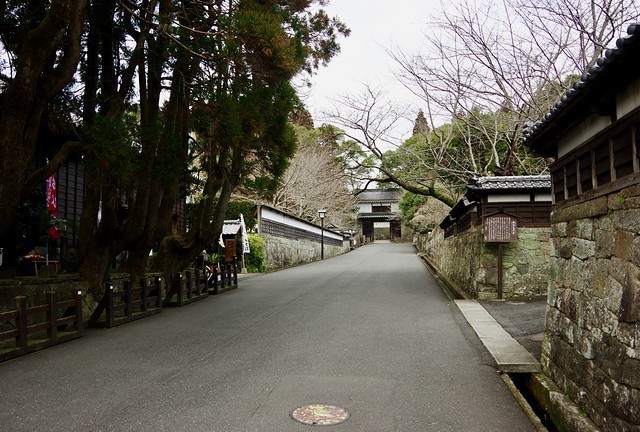
Obi Castle Town is a highly impressive preserved samurai district located roughly 1 hours drive from downtown Miyazaki City. The town is also home to an excellent value for money attractions ticket. For 610 yen you can visit seven paid sites which normally cost 200 yen to enter (Yoshokan, Matsuo no Maru, Obi Clan Historical Museum, Komura Memorial Hall, Yamamoto Residence, Merchant Museum & Takahashi Residence). There are also numerous other smaller residences and gardens to visit free of charge.
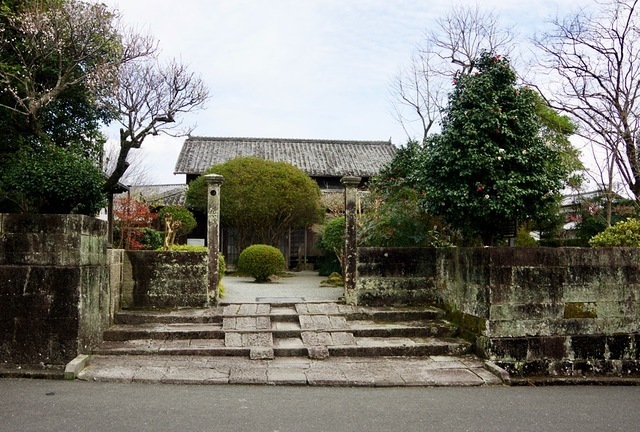
My first paid attraction for the day was the Komura Memorial Hall, which celebrates the life of Jutaro Komura, a man who helped sign the Japanese - Russia Peace treaty (with extremely bad terms for the Russians) along with normalizing relations with the west so that they were seen as equals. He was also British Ambassador for a time and even graduated from Harvard Law.
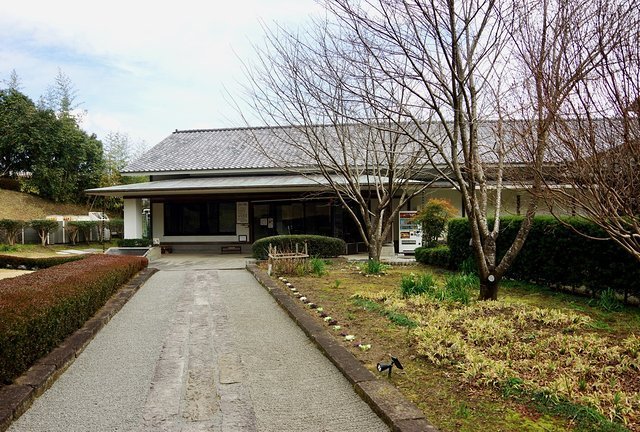
No photos are allowed inside the museum, but I can confirm there is excellent english explanations for most exhibits.
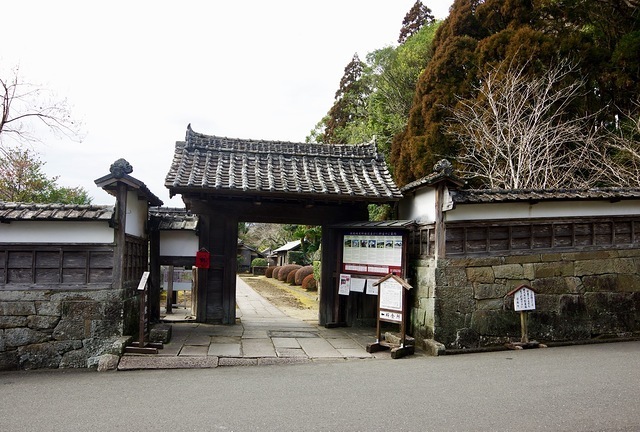
Located just down the road is the second paid attraction of Obi Castle Town, the Yoshokan. This former samurai residence was home of the Ito Clan and was built in 1869. It's proximity to the entrance of Obi Castle tells you the importance of this family in the town.
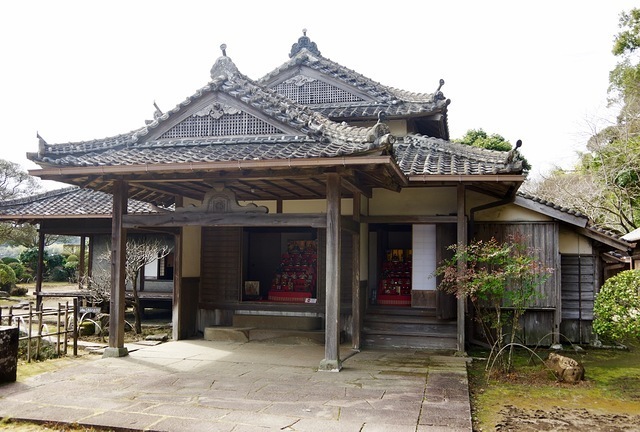
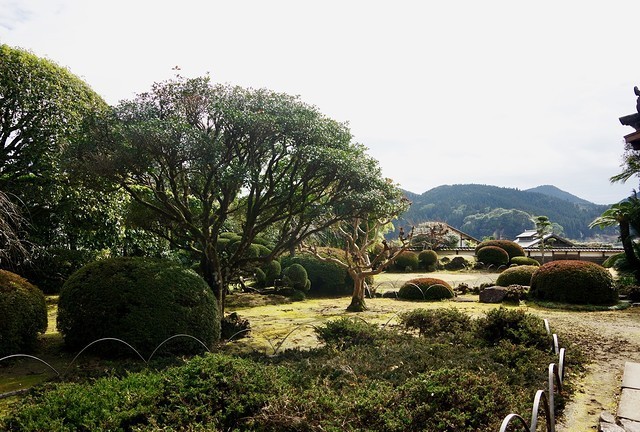
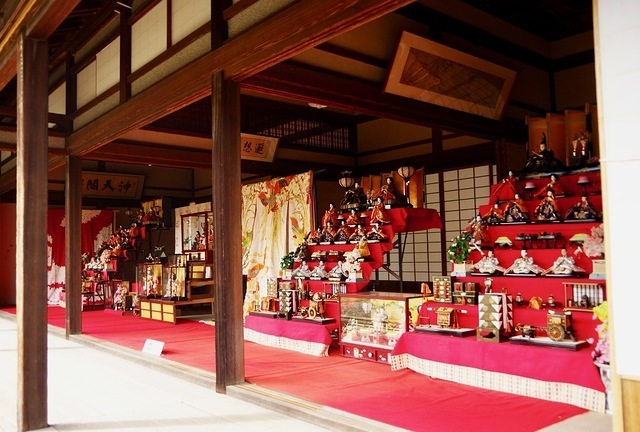
The grounds of the Yoshokan are quite large and include some impressive buildings and gardens. It should also be noted that there is currently a Hina Doll Exhibition in many of the sites in Obi due to girls day.
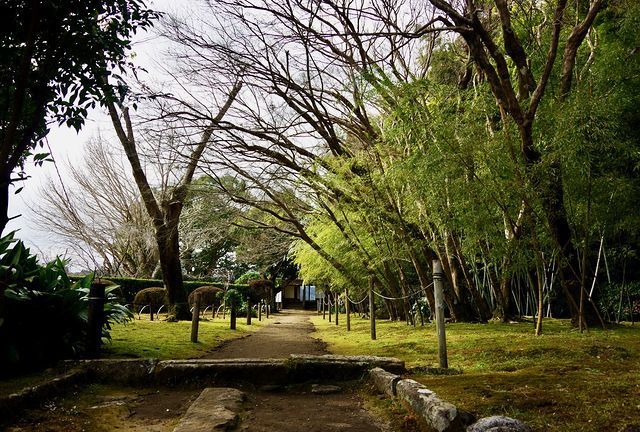
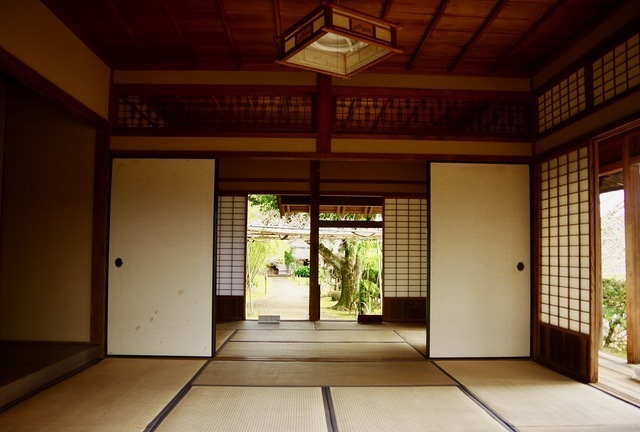
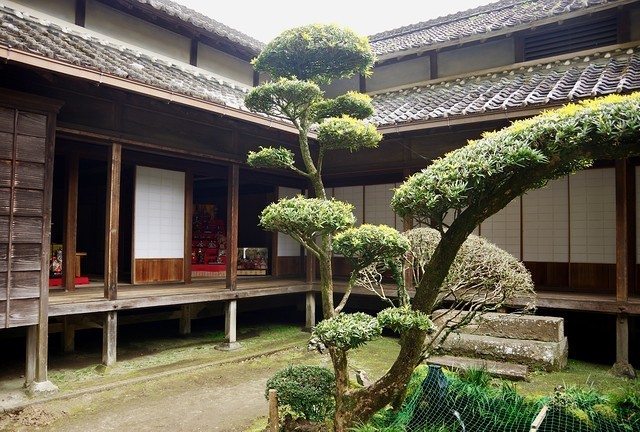

Located directly next to the Yoshokan is the Obi Castle Ruins. This was quite a large castle, which can be seen when you enter. There is a large elementary school found in the middle of the ruins, along with some gardens and two paid museums.
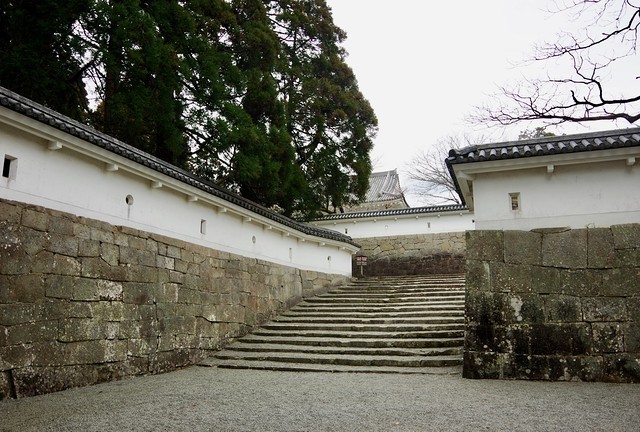
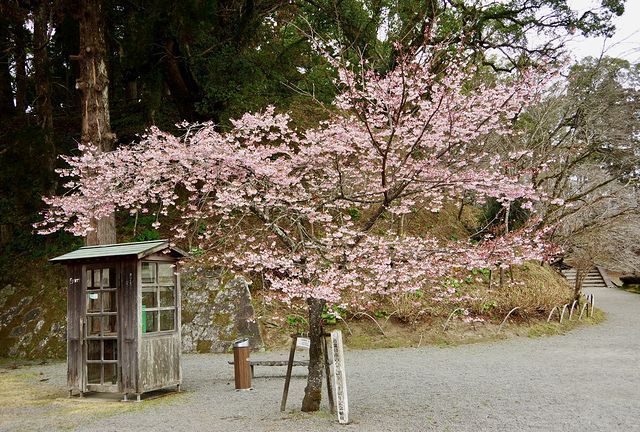
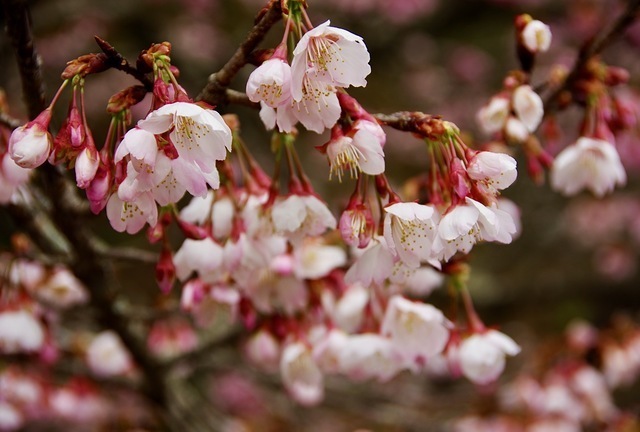
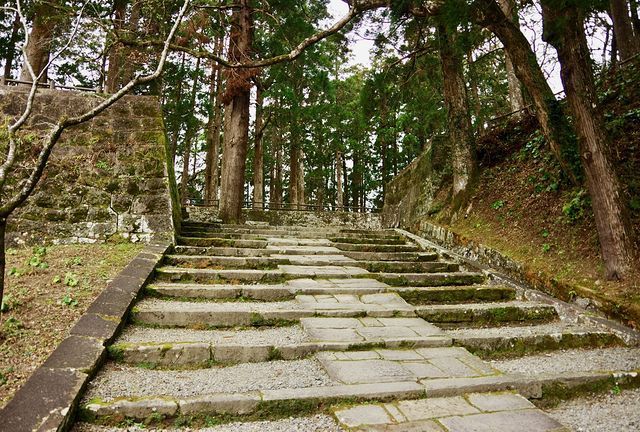
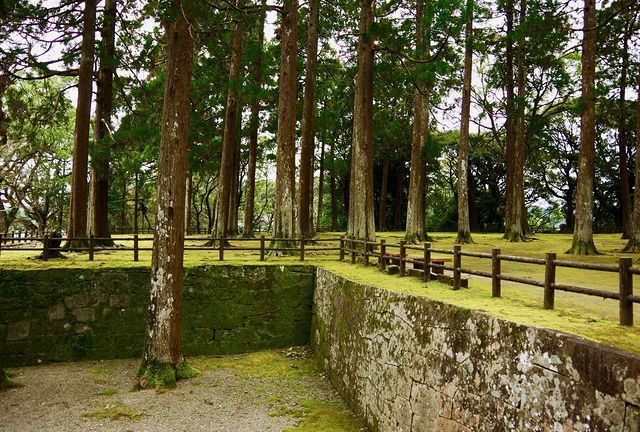
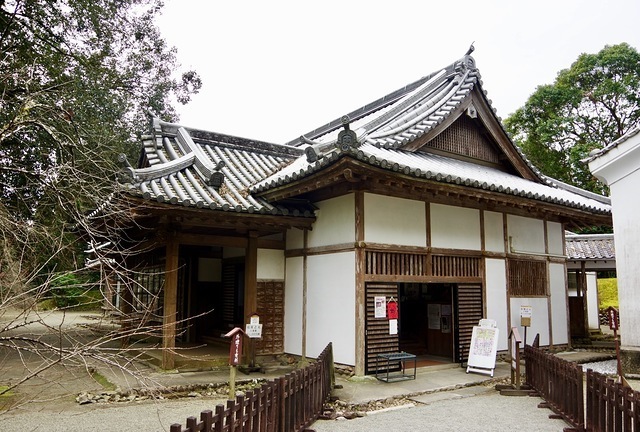
The third paid attraction and first one in the castle grounds was the Matsuo no Maru, a recreated noblemen's private residence built in 1979. It's based on an early Edo building and is quite large in size.
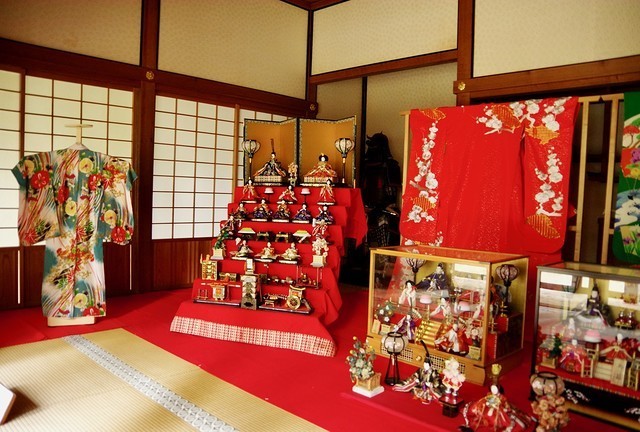
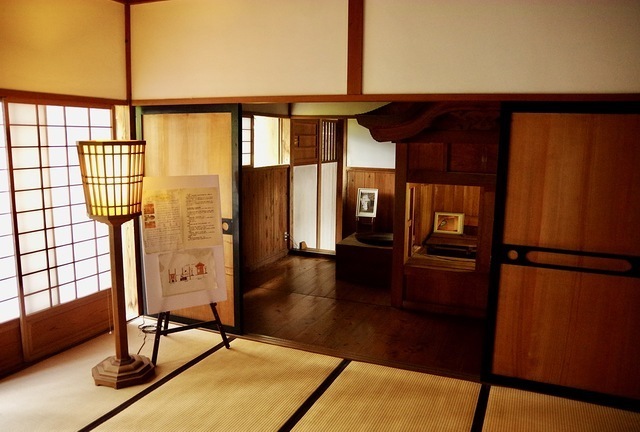
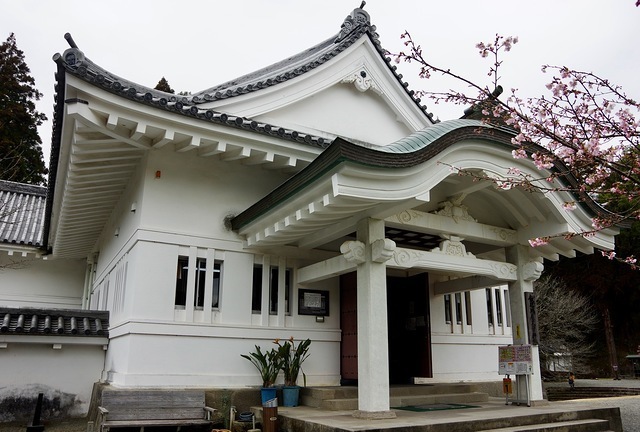
The fourth paid attraction (second found inside the castle ruins) is the Obi Clan Historical Museum. This small museum has an excellent collection of weapons and samurai outfits, amongst many other things. Unlike other attractions in Obi, this lacks english translations and no photography is allowed inside. Thankfully, most exhibits speak for themselves and don't need much in the way of translations.
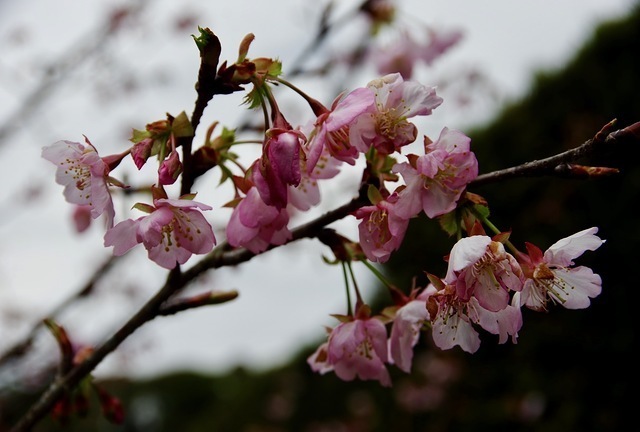
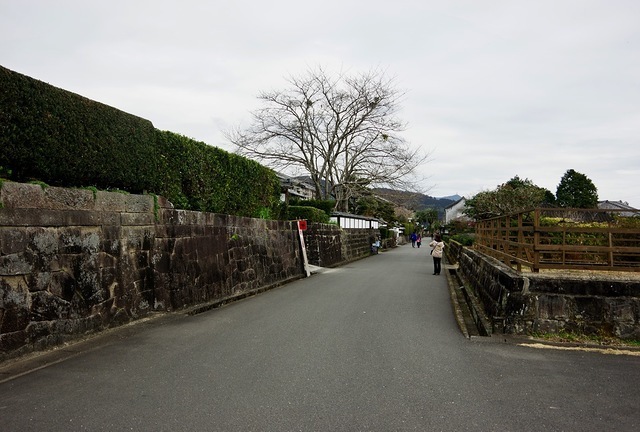
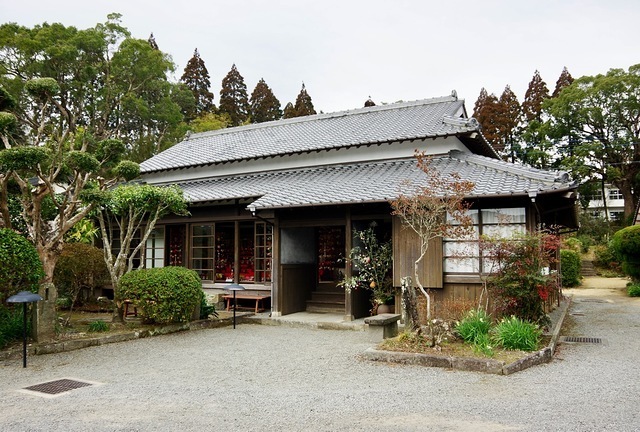
My next stop was the Jutaro Kumura birthplace residence which is found close to the entrance to the main castle ruins. As you can see, this small residence also had Hina dolls on display.
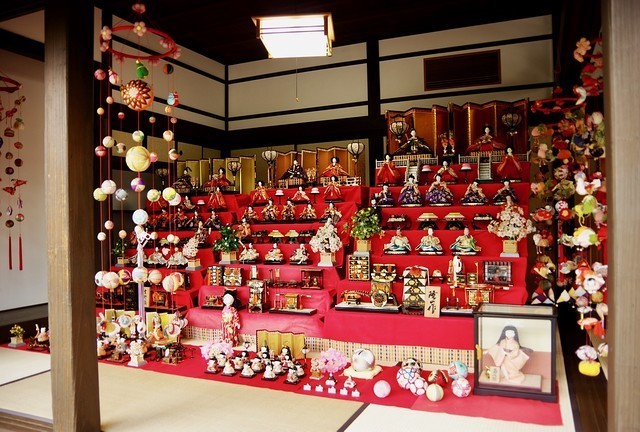
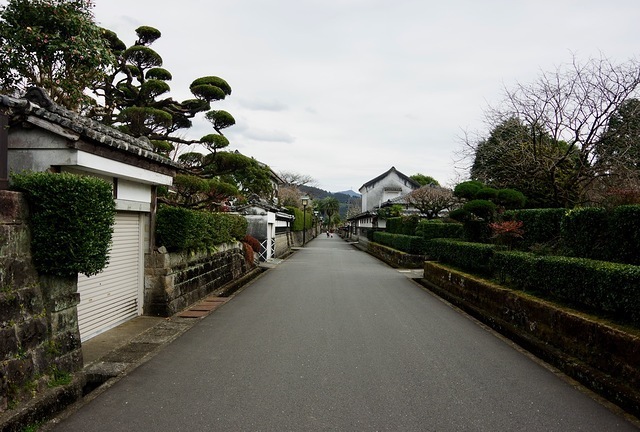
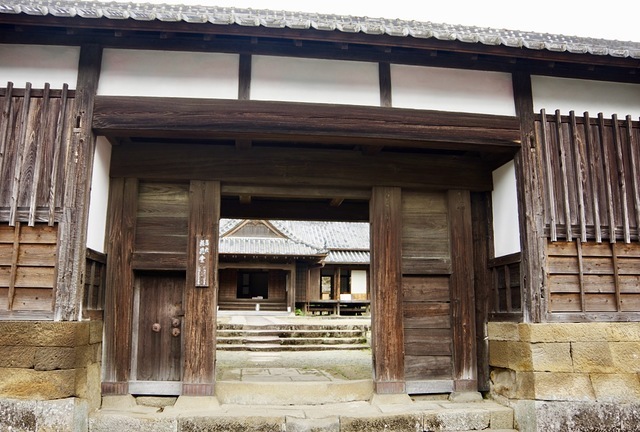
Located a 5 minute walk from the last residence is the Shintokudo, which was built in 1831 as an clan school. After the Meiji restoration, the school also became an elementary school or kindergarten. Itüfs also a short walk from the Tanoe Hachiman Shrine if this is of interest.
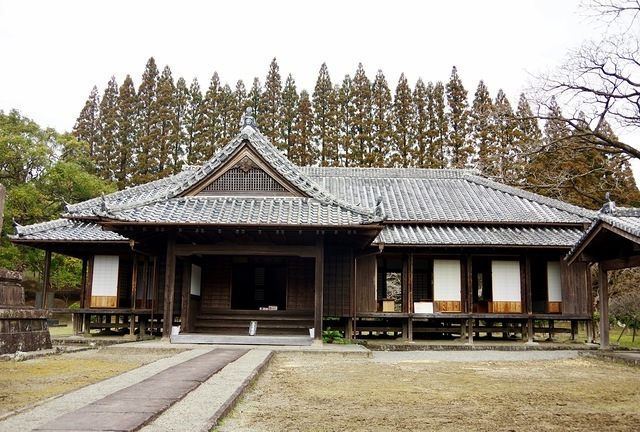
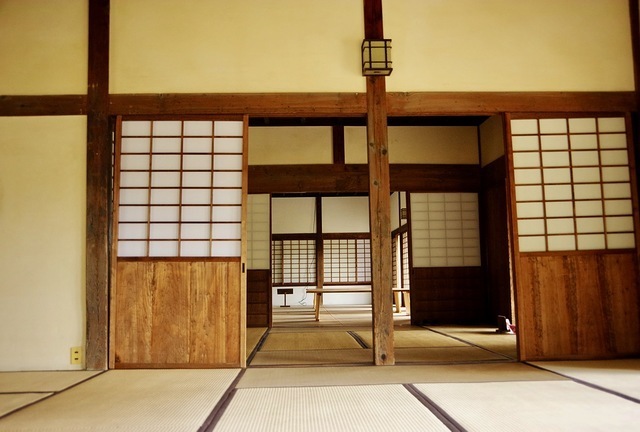
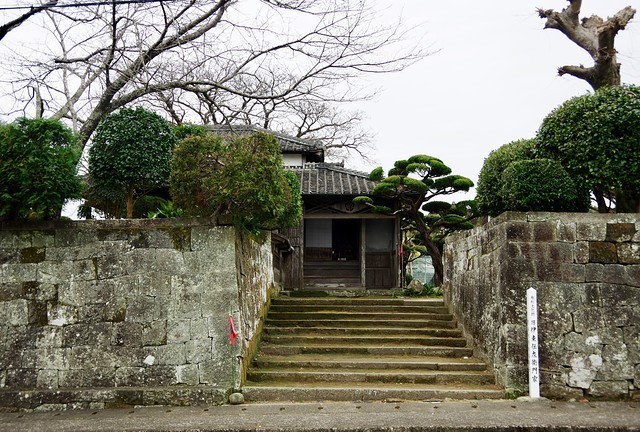
Another smaller residence that is also open to the public is the Ito Residence. It should be noted that even though this house is much smaller than the Yoshokan, itüfs still considered to be a residence of a high ranking samurai.
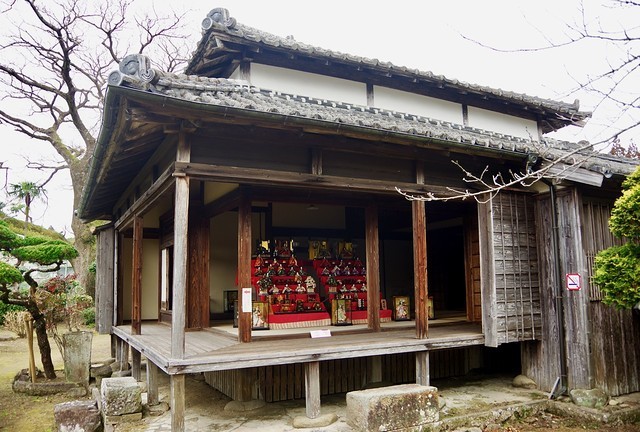

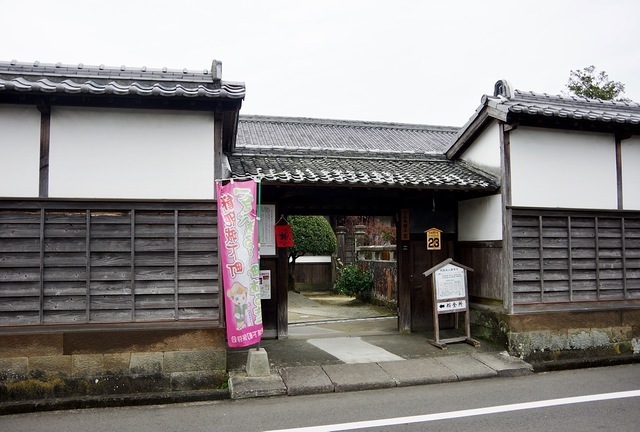
A few minutes walk away from the Ito Residence is the Yamamoto Residence, one of the paid attractions in Obi. Built in 1907, it was owned by a wealthy merchant and gives you an interesting look at how a merchants and samurai house was different.
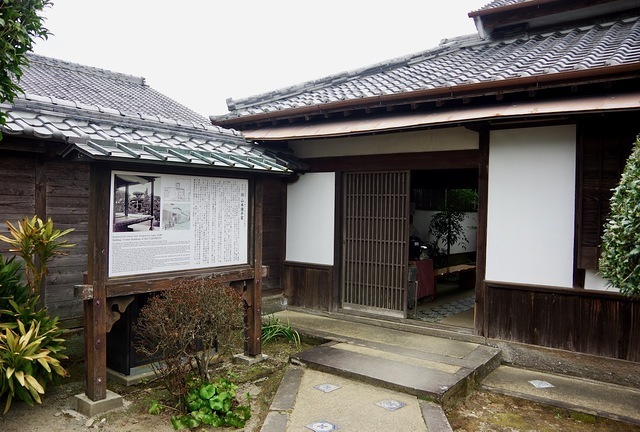
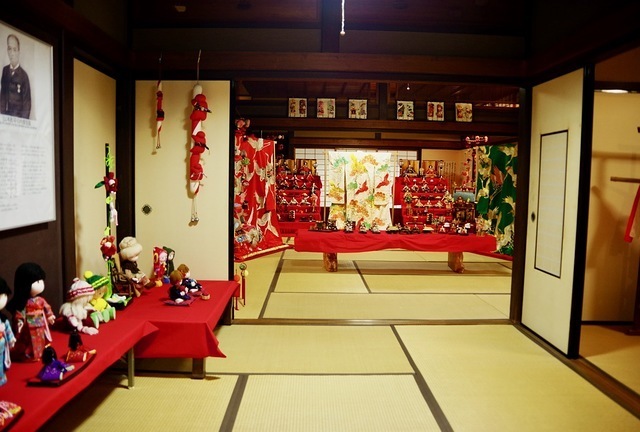
Apart from the many Hina Dolls, the residence itself is smaller than the Yoshokan but is finished to a high quality. This is common after the beginning of the Meiji restoration as merchants had the money to build their houses to the highest of quality, along with changes to building practices.

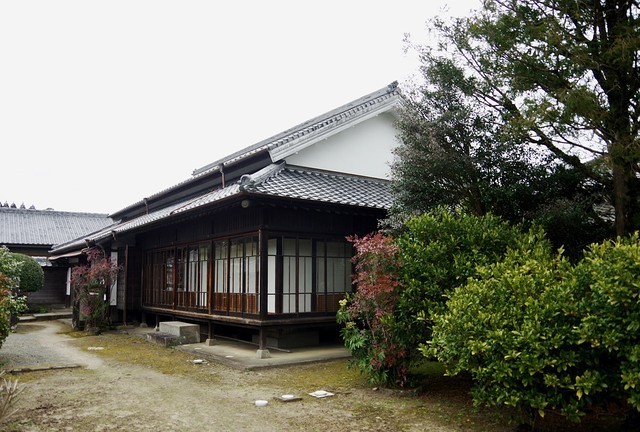
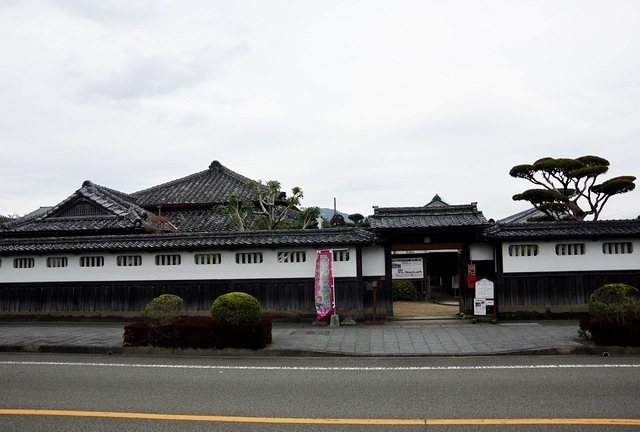
The next paid attraction which was also located close to the Yamamoto Residence is the Takahashi Residence. Gengiro Takahashi was a local businessman and politician who also owned quite a few of the storehouses in Obi. Some of the original premises was lost in the 1970üfs due to widening of the road outside.
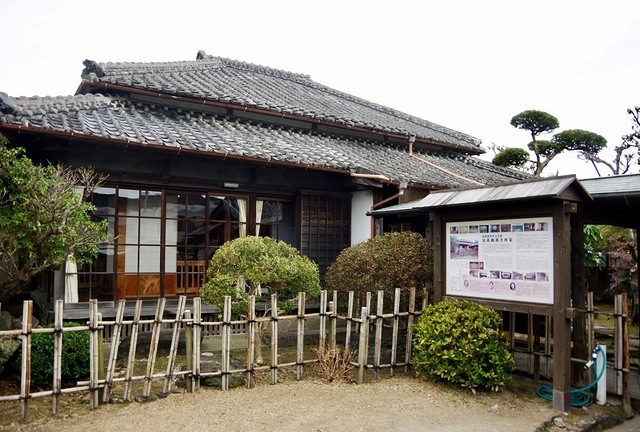
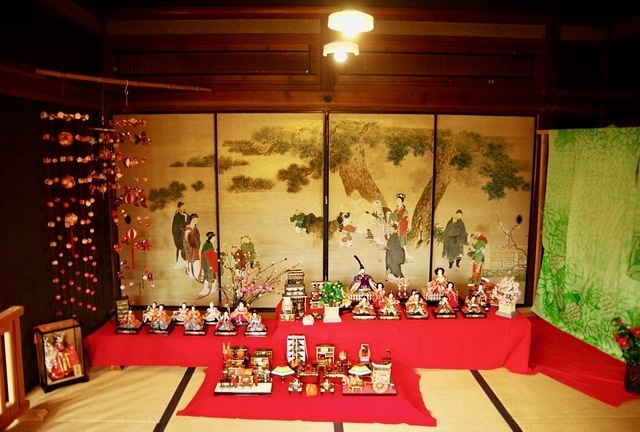

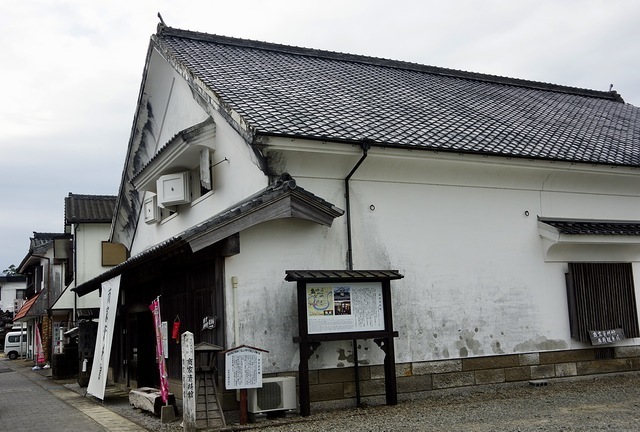
My last paid attraction for the day was the Merchants Museum, which was built in 1870 by the Yamamoto family. There is a large collection of Hina Dolls on display at present along with different things used by the merchant class. It should be noted that there is not much in the way of English translations at this location.
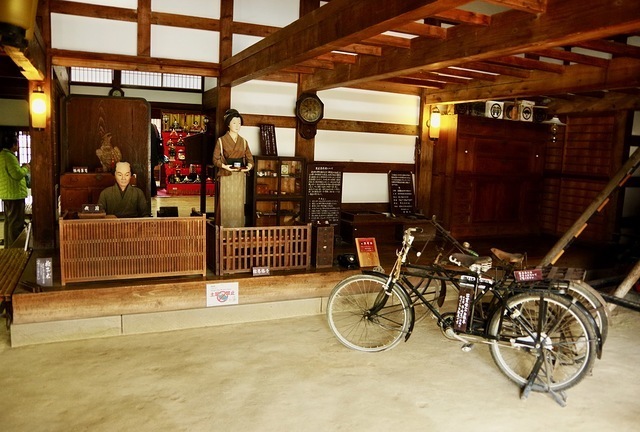

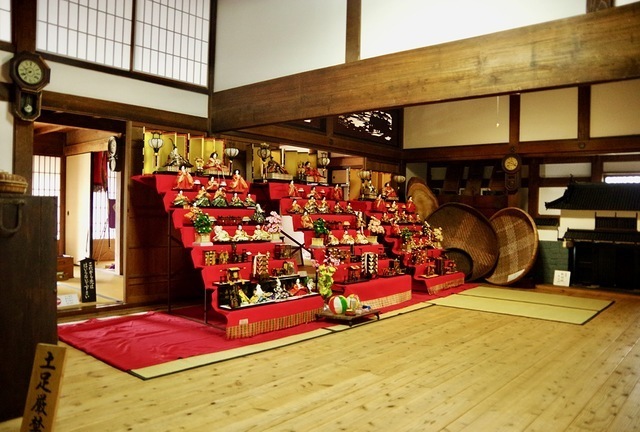
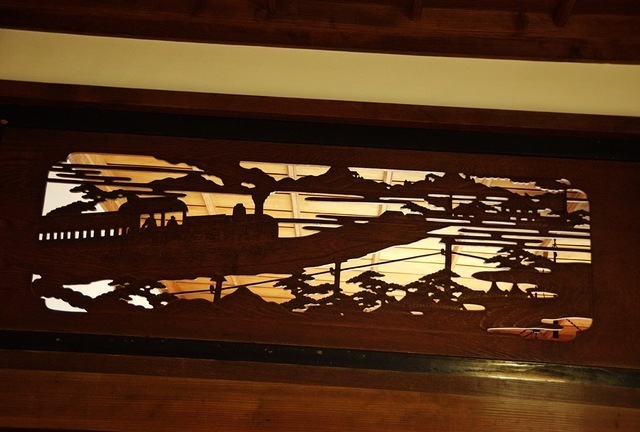
Many nicer houses include carvings, but this is the first time I have seen a steam train in the carvings of a building.
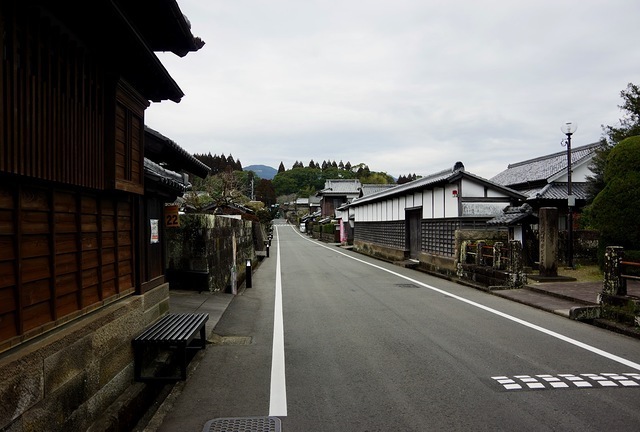
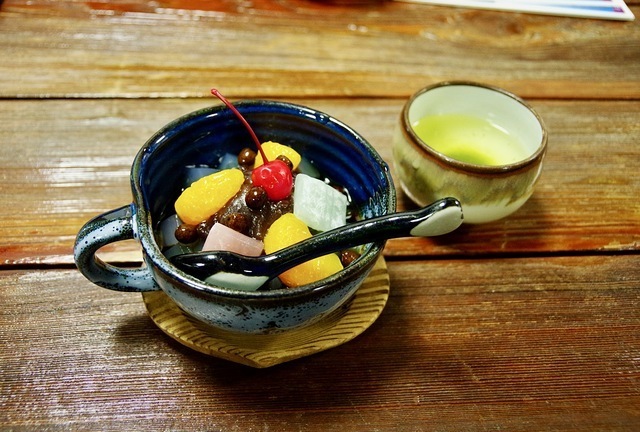
As you can probably tell I was highly impressed with Obi Castle Town. There was a lot to do in this city and I consider it to be one of the better preserved Castle Towns in Japan. Another interesting thing the tourist office runs is a food stamp program. For 1,100 yen you can get into all of the paid attractions and are given 5 food stamps. Itüfs then possible to trade those food stamps at one of the 40 different locations around the town. The locations are clearly located on both maps and by yellow flags at the front of the shop. English translations of what is available is also commonly seen.
Further Information:
Obi Tourist Information: http://obijyo.com (Japanese)
| previous post |
| next post |
